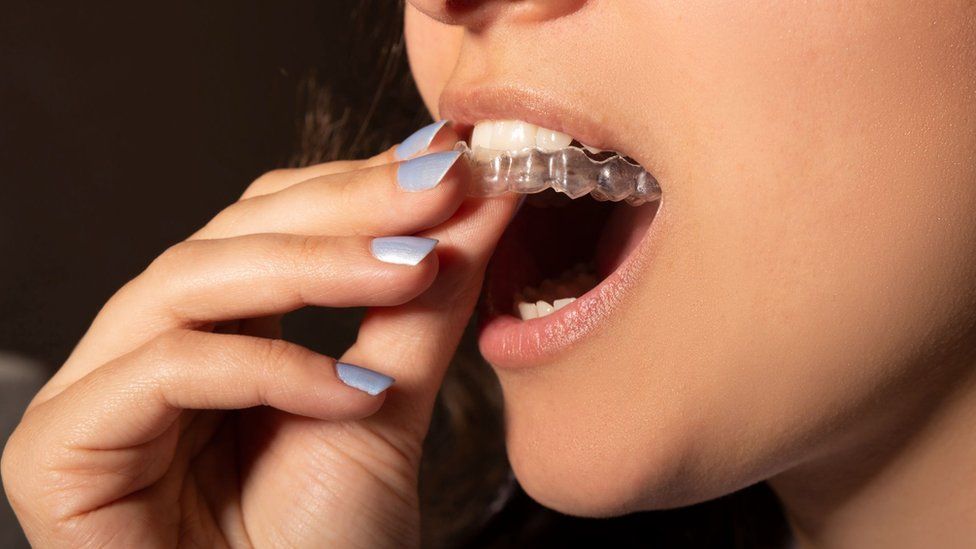-

-
-
Loading

Loading

Mohammad Ahmad, a 17-year-old from New Jersey, signed up for Smile Direct Club in October because of a discount on the company's invisible braces. He was told that the financial problems the company was facing wouldn't affect operations. However, after the company shut down in December, Mohammad and many other customers were left without the clear plastic aligners they were promised. Mohammad, who still hopes for a refund of $1,000, feels scammed. Smile Direct Club, once valued at over $8 billion, promised to disrupt traditional dentistry with lower-cost, remotely-supervised care. However, it faced criticism from dentists and orthodontists who claimed that its remote treatment and at-home mouth impressions provided inadequate care. The company denied these allegations but faced challenges to its business. It threatened legal action against critics and forced unhappy customers to sign non-disclosure agreements. Eventually, it filed for bankruptcy, citing the pandemic, rising prices, a lawsuit loss, and reputational issues. The company's rapid sales growth declined, and it faced financial difficulties. The downfall of Smile Direct Club also highlights the challenges of the remote health care market, which has seen decreased interest since the height of the pandemic. While remote orthodontic care may have potential, Smile Direct Club's approach of silencing critics instead of embracing feedback may have contributed to its downfall.